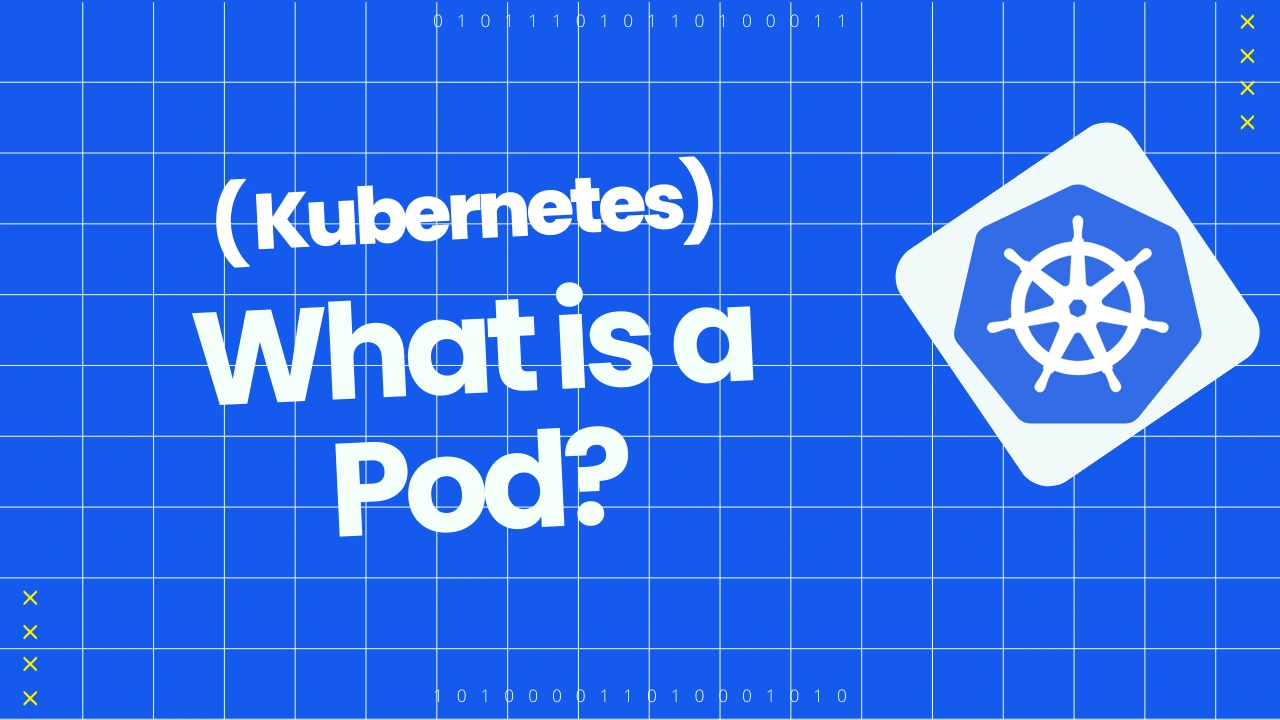Physical Address
304 North Cardinal St.
Dorchester Center, MA 02124
Physical Address
304 North Cardinal St.
Dorchester Center, MA 02124

A Kubernetes pod represents the smallest building block of a Kubernetes application, comprising one or more Linux® containers. Pods can either consist of a single container, which is a common scenario, or multiple tightly coupled containers in more advanced use cases. The grouping of containers into Kubernetes pods enhances resource sharing intelligence, promoting efficient operation within the Kubernetes ecosystem.
The connection between pods and clusters is the reason Kubernetes opts for running pods instead of individual containers. This approach ensures that each container within a pod shares the same resources and local network. By grouping containers in this manner, they can communicate with each other as if they’re on the same physical hardware, all while maintaining a certain level of isolation.
This arrangement, where containers are organized into pods, lays the foundation for one of Kubernetes’ notable features: replication. With containers snugly packed into pods, Kubernetes can utilize replication controllers to horizontally scale an application as necessary. In simple terms, if a single pod is handling too much, Kubernetes can effortlessly create duplicates and distribute them across the cluster. This not only supports smooth operation during high-demand periods but also provides a continuous replication of Kubernetes pods to bolster the system against failures.
In the world of Kubernetes, pods have a lifecycle that controllers manage based on their status. Think of controllers as the managers making sure everything is running smoothly.
Every Kubernetes pod has a status field where it tells everyone how it’s doing. This status is summed up in a cool thing called the “Phase” field, kind of like a summary of what’s happening with the pod right now.
Now, a pod can be in different states:
Additionally, the PodStatus has something called PodConditions. These are like additional details showing why the pod is in its current state. It has:
You can manage a pod using imperative or declarative approach. In imperative approach you use kubectl command to manage the pod while declarative approach uses YAML or JSON manifest files.
Creating a pod imperative way:
root@k8:~# kubectl run nginx --image=nginx -l app=server
pod/nginx createdThe above command will create a pod named nginx using the nginx image and label it app: server. You can run kubectl get pods command to see if the pod is created or not.
root@k8:~# kubectl get pods
NAME READY STATUS RESTARTS AGE
nginx 1/1 Running 0 102sTo get more details about the pod like the pod IP address and on which node the pod has been scheduled on you can use the -o wide flag as shown in below example
root@k8:~# kubectl get pods -o wide
NAME READY STATUS RESTARTS AGE IP NODE NOMINATED NODE READINESS GATES
nginx 1/1 Running 0 3m29s 10.244.0.214 default-xjlt9 <none> <none>You can use the kubectl describe pod <pod-name>command to see more details about the pod, its state and recent events. You will get an output similar to below:

Creating a pod declarative way:
You can use your favourite text editor to create a yaml file as below:
vim nginx.yamlYou can then add below code to the yaml file
apiVersion: v1
kind: Pod
metadata:
labels:
app: server
name: nginx
spec:
containers:
- image: nginx
name: nginxapiVersion: v1: Indicates the API version being used. In this case, it’s using the v1 version of the Kubernetes API.kind: Pod: Specifies the type of Kubernetes resource being defined, which is a Pod in this instance.metadata:: Contains metadata about the Pod, such as labels and the name.
labels:: Assigns a label to the Pod. In this case, the label “app” is set to “server.”name: nginx: Specifies the name of the Pod as “nginx.”spec:: Describes the desired state of the Pod.
containers:: Defines the containers running within the Pod.
image: nginx: Specifies the container image to be used, in this case, “nginx.”name: nginx: Assigns a name to the container, also “nginx” in this case.This configuration, when applied to a Kubernetes cluster using kubectl apply -f nginx.yaml, instructs Kubernetes to create a Pod named “nginx” running an Nginx web server. The Pod is labeled with “app: server.” The container within the Pod uses the Nginx image and is named “nginx.”
This article provided a comprehensive overview of Kubernetes pods for beginner users of this popular orchestration platform. After reading the article, you should know what pods are, how they work, and how they are managed.
1. What is a Pod, and why are Pods essential in Kubernetes?
A: A Pod is the smallest deployable unit in Kubernetes, representing one or more containers closely coupled and sharing resources. Pods are fundamental for application deployment and scaling.
2. How do Pods facilitate communication between containers?
A: Pods share the same network namespace, allowing containers within a Pod to communicate over localhost. This simplifies coordination and data exchange.
3. Can I run multiple copies of the same Pod for scalability?
A: Yes, Kubernetes allows you to replicate Pods using controllers like Deployments. Each replica ensures consistent and scalable application performance.
4. How do Pods contribute to application resilience in Kubernetes?
A: Pods are designed for reliability. If a Pod fails, Kubernetes automatically restarts it or creates a new one, contributing to the overall resilience of your application.
5. What’s the difference between a Pod and a Deployment in Kubernetes?
A: A Pod is the basic unit, while a Deployment is a higher-level abstraction managing multiple Pods. Deployments offer features like rolling updates and rollbacks for more control.